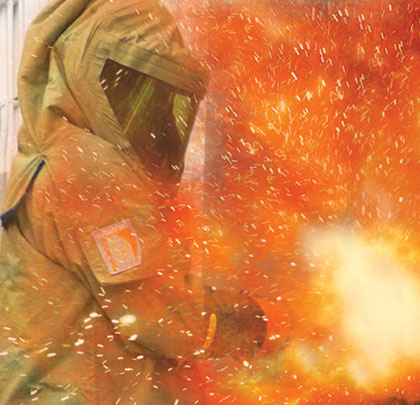The U.S. Department of Labor estimates that more than 400 fatalities and nearly 10,000 serious injuries occur each year due to Arc Flash related incidents, with industry experts estimating even higher numbers. These frightening statistics equate to an Arc Flash related incident occurring up to 10 times a day and at least one worker losing their life, every day in the U.S. Failure to comply with the logical and proven requirements of NFPA 70E continues to be the root cause of these preventable deaths and injuries. In addition, inadvertent contact with energized components continues to be the 4th leading cause of death in construction, representing nine percent of all construction related fatalities.
PREVENTIVE MEASURES
Most would agree that the statistics are completely unacceptable. But the question must be asked … “Why do arc flash incidents continue to occur?”
With most arc flash post incident investigations identifying “failure to understand, train, implement, comply with, and/or enforce the safe work procedures detailed in 70E” as the leading cause, the answer would appear to be pretty simple. However, based on this safety professional’s personal experience auditing both large and small facilities across the U.S., compliance with NFPA 70E is too often found to be unimplemented (unaware of the requirements), misinterpreted (we are trained professionals, that doesn’t apply to us, right?), or just plain ignored (we don’t have the staff or time to implement it, but we are careful!).
The real question to ask is, “What can I do to help prevent even one of the 200 deaths that statistically will occur over the next 6 months?” Since you are reading this article and are now aware of the dire results from non-compliance to 70E, here are a few questions that you can ask, and/or observations you can make, that may possibly save a life in your facility:
- Ask your facilities management or safety personnel for a copy of your Electrical Safety Program. If they don’t have one, give them a copy of this article as a starter and strongly encourage them to seek the services of a safety professional or compliance consultant with documented 70E expertise.
- Take a walk around your facility and look at the covers/doors of your electrical distribution systems to see if they are properly labeled with arc flash warning and safety requirements. Per 70E, the label is required to state the applicable nominal system voltage, the applicable arc flash boundaries, and at least one of the following: available Incident Energy in Calories/Cm2 and the working distance, minimum arc rating of clothing, required level of PPE, or highest hazard/risk category (HRC) for that equipment. If there are no labels, you are not in compliance. Give a copy of this to your facilities management as a starting point.
- Ask your facilities technician or electrician if they have had formal 70E arc flash training. If not, give them a copy of this article and ask them to speak to their supervisor.
PROTECT AGAINST HAZARDS
It is very important to understand that even with proper safe guards in place, such as the detailed requirements in 70E, energized electrical work always puts workers at some level of risk. Arc Flash PPE and safety controls are designed to limit the destructive impact of an arc flash incident. However, employees can still be injured while wearing all the required PPE.
There are three primary hazards associated with an arc flash incident, which are thermal burns, a high pressure wave, and the release of molten metal droplets. Individually, each of these hazards poses a serious threat to employees performing energized electrical work.
Now, imagine how dangerous a real arc flash incident is, as each of these hazards occurs simultaneously during an arc flash incident. The decision to perform energized electrical must always be the last option, with the first option being all electrical work performed in an de-energized state. In today’s workplace, most safety conscious companies utilize a policy that requires executive management to approve all energized electrical work, placing the responsibility for such a critical decision at the appropriate level in an organization.
NFPA 70E provides industry proven safety systems and processes that help companies protect their employees from arc flash hazards. Though OSHA does not dictate the use of NFPA 70E specifically, it does require employers to use industry standards and practices that will protect their workforce from harm, and NFPA 70E is recognized as the reference document for workplace electrical safety.
By taking the time to understand, train, implement, and enforce the requirements of NFPA 70E in the workplace, we can all help protect our most valuable asset, our employees. ■
About the Author Steve Bowers, CSP, CET, is the president and CEO of Global Safety Management Consultants who specialize in enabling cultural change across all industries and workplaces. Mr. Bowers has more than 35 years of EHS experience in the petrochemical, manufacturing, and construction industries and is a content expert and founding member of ClickSafety.com.
Modern Contractor Solutions, August 2014
Did you enjoy this article?
Subscribe to the FREE Digital Edition of Modern Contractor Solutions Magazine!



